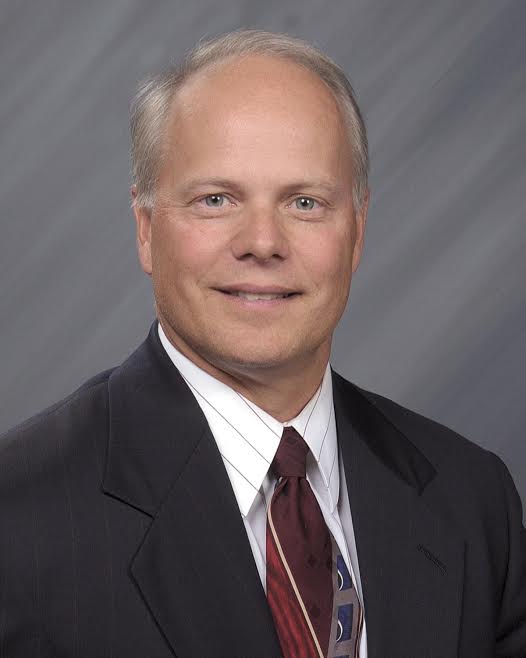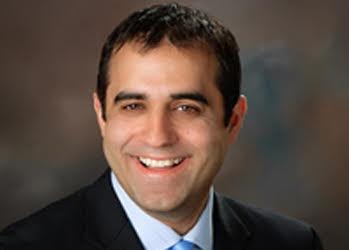Q: Are you for or against CJR? Why?
Randall Schultz, MD, Texas Orthopedics, Sports & Rehabilitation Associates (Austin): CJR is a bundled payment program that is now mandated in certain markets; Austin is one of them. Certain hospitals and physician practices have already engaged in the BPCI program from Medicare and are thus exempt from the CJR programs. We are in favor of bundled payment programs. We feel it’s an important step in remedying our healthcare system by applying value-based care.
David A. Fisher, MD, OrthoIndy (Indianapolis): I am against this issue although we are in a CJR region and are participating. I am concerned about the unintended consequences of this legislation and how it will affect the future of the medical profession. Patients will undoubtedly take the back seat on this ride and may lose the advocacy of the physicians.
Joseph D. Zuckerman, MD, NYU Langone Medical Center, New York City: At NYU Langone, we are fortunate to be ahead of this shift through or participation in the Bundled Payment for Care Improvement program. In order for other hospitals to succeed in this new climate and adapt to the move to value-based care, an institutional commitment is required to put forth necessary resources to ensure the success of joint replacement surgeries for all patients, such as through the creation of risk factor stratification and modification programs to delay surgery in high-risk patients.
Mark Snyder, MD, Orthopaedic Center of Excellence, Good Samaritan Hospital, Cincinnati: I am for the CJR, and for the bundles, because I see this as the ultimately fast and assuring way to bring greater value to healthcare by forcing doctors and healthcare leaders to influence the cost of care, lessen the cost of care and radically improve the quality of care.
Joe Kohli, MD, CEO and founder, [m]pirik technologies, Milwaukee: CJR encourages the orthopedic community to focus their efforts in improving our patients' outcomes while eliminating unnecessary costs. There is significant variability between many orthopedic surgeons regarding costs of a given joint replacement procedure. There are also significant cost differences between regions of the country. This program will allow the orthopedic community to identify those elements in the joint replacement pathway that are essential in providing the patient the greatest chance for an excellent outcome, while eliminating unnecessary interventions and reducing costs.
Q: What has your experience been with bundled payments?
Joseph Bosco, MD, NYU Langone Medical CEnter, New York City: In 2013, our department voluntarily entered into the Bundled Payment for Care Improvement program. This is a voluntary bundled payment program for Medicare total joints. Involvement in this alternative payment model helped us to achieve our institutional goals which are:
1) To provide the highest value care to our patients
2) To continue to be leaders in healthcare innovation.
The CJR is the mandatory extension of the BPCI, so we are in favor.
JK: We have implemented a joint registry that provides both objective and subjective data regarding our joint replacement patients and their outcomes. This registry can also include cost data. This registry is seamlessly integrated with AJRR.
MS: As an orthopedic leader in a regional healthcare system, I have been preparing for this for six years; specifically bringing readmissions and complications down, and also doing things to reduce the direct cost of care.
Q: How will bundled payments impact orthopedic care?
MS: I think it will be variably good and problematic. I think those who are ready and willing to adapt quickly or are already well prepared to use value-added solutions, will fare well. It will be unpredictable for those that think they are ready and are in fact, not ready — they don't have adequate experience in lowering costs, readmissions and complications.
RS: Until recently orthopedic surgeons have been paid in fee-for-service models. In other words, the more surgeries you performed and the more patients you saw in the office, the more you were paid. Now we will be paid based upon the quality of care we provide and for the cost with which we are able to provide it. In the fee-for-service model, if I replaced your hip and then brought you back to surgery because your hip failed or your hip dislocated, I would be paid more than a surgeon who performed a single, perfectly done hip replacement.
In the old model, surgeons had no incentive to lower the costs of care they provided. They essentially had a blank check to use whichever implants and facilities they deemed fit. We have now realized that the home environment is actually the safer and more cost-effective environment for patients to recover.
DF: Bundled payments will lead to some form of rationing of healthcare as systems make healthcare decisions on the basis of most likely outcomes. This will most likely make it difficult for higher risk patients to get orthopedic care when and where they would like.
JK: Whether the orthopedic community is excited about bundled payments, we should embrace them, as I strongly believe value based care and bundled payments are part of our and our patients' future.
The costs of healthcare in the U.S. continue to increase. As orthopedic providers, we must take the lead to make sure our patients are receiving the best, most efficient and cost-effective care. Bundled payments encourage us to develop consistent joint replacement care pathways that will help us better achieve these goals. Recently proposed MACRA legislation in Congress reinforces that our future reimbursement will be tied to patient outcomes.
Q: Are you ready for bundled payments?
DF: Yes, we are ready for this program. We own an orthopedic specialty hospital that is extremely efficient and cost-effective. Based on our modeling, we should do fine with the proposed system. What is uncertain is whether it will continue as designed or be changed as the game goes on. I am very concerned when the government gets further involved in the practice of medicine.
MS: Yes, but we can all still do better. We developed a revolutionary program to reduce the readmissions and complications 10-fold over the U.S. average. Synergistic problem-solving power occurs with extensive multimodal solutions for common adverse events and readmissions.
Q: Where do you see the program headed in the future?
JK: Value-based care and bundled payments are part of the future of healthcare. The key element of successful value-based care management will be the availability of objective procedure and performance data. In anticipation of this requirement, we need to begin proactively collecting data on our procedures and treatments. We need systems that allow this to be done without additional burden.
MS: The bundled program will expand beyond the Medicare world into the commercial world. I think within the next five years, the majority of pay to providers and hospitals will be formulated around the bundled concept. CMS will accelerate faster than commercial payers.
The success in the bundle depends on multimodal solutions that better solve cost, complication and readmissions problems. Multimodal literature is very sparse and this is where we hope to offer a level III joint registry-proven model; and we hope to provide it in an open platform way to any hospital.
RS: This reduction in variation and adherence to evidence based practices has led to a decrease in readmissions, complications, and overall costs of care. As participants in the BPCI program, we are now involved in risk-sharing. If we fail to meet our defined goals in quality and cost, we could actually be required to pay back money to Medicare!
In the triangular payment system of medicine — patient, provider, payer — incentives are now more closely aligned. In my opinion, this will eventually benefit all participants. The last piece of the puzzle that needs to be filled is the patient side. In bundled payment systems, the payer and the provider are aligned in value based incentives, but the patient is still only aligned on the quality component. Once the patient becomes aligned on the cost component of value, I truly believe we will have achieved a revolution in healthcare economics.
Pictured from left to right, first row: Dr. Randall Schultz, Dr. David A. Fisher and Dr. Joseph D. Zuckerman
Pictured from left to right, second row: Dr. Mark Snyder, Dr. Joe Kohli and Dr. Joseph Bosco






Recent articles:
From physician to billionaire: Dr. Keith Dunleavy’s net worth tops $1B with healthcare data analytics firm
Surgery Center of Allentown’s Dr. Jay Talsania receives Physician of the Year honor: 5 key notes
ASCA's William Prentice responds to NYT's Joan Rivers piece, defends patient safety at ASCs: 5 notes
